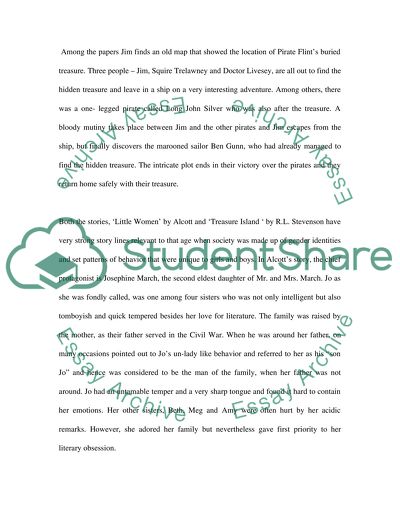Cite this document
(“Childrens Literature - Depiction of Fatherhood Essay”, n.d.)
Retrieved from https://studentshare.org/english/1461688-childrens-literature-depiction-of-fatherhood
Retrieved from https://studentshare.org/english/1461688-childrens-literature-depiction-of-fatherhood
(Childrens Literature - Depiction of Fatherhood Essay)
https://studentshare.org/english/1461688-childrens-literature-depiction-of-fatherhood.
https://studentshare.org/english/1461688-childrens-literature-depiction-of-fatherhood.
“Childrens Literature - Depiction of Fatherhood Essay”, n.d. https://studentshare.org/english/1461688-childrens-literature-depiction-of-fatherhood.


